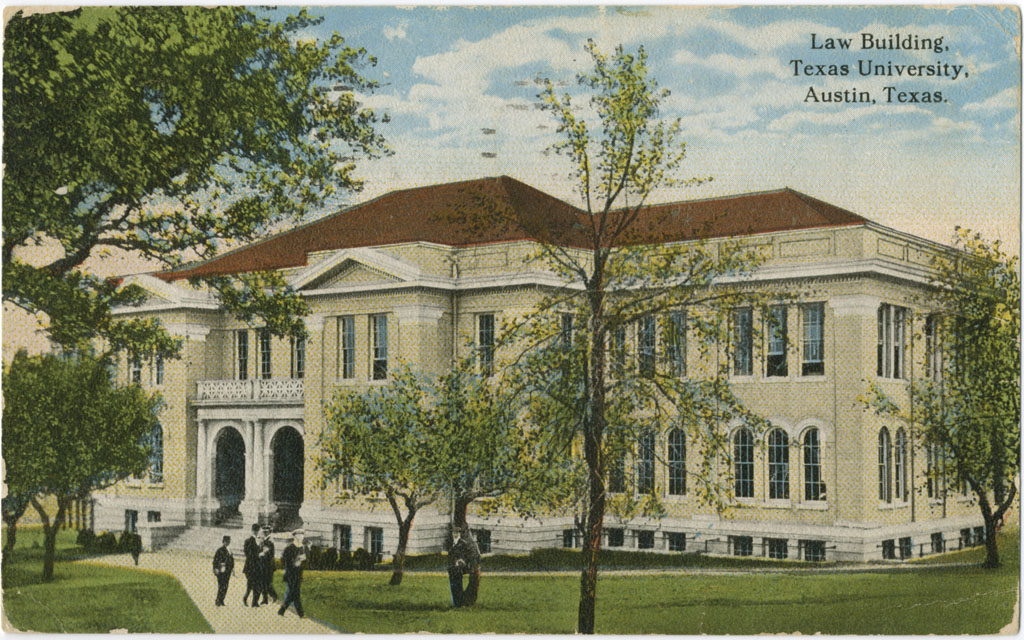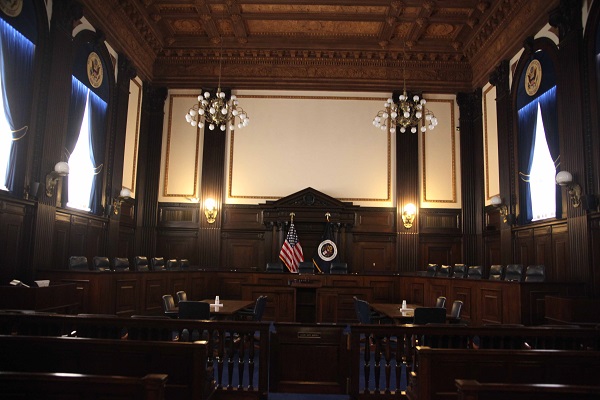Case Status: Victory, later modified in Grutter v. Bollinger
Hopwood v. Texas

CIR’s Historic Fifth Circuit Victory
In 1996, CIR won a historic victory in the Fifth Circuit Court of Appeals case Hopwood v. Texas. The Fifth Circuit ruling barred all use of racial preferences in university admissions in the states under that court’s jurisdiction. Since the Supreme Court declined to hear the case, our victory became constitutional law in the Fifth Circuit and universities in the states of Texas, Louisiana, and Mississippi were prohibited from using racial preferences for over seven years until CIR’s partial victory at the Supreme Court in Gratz and Grutter v. Bollinger.
Over twenty years later, Hopwood remains the high-water mark of efforts against government racial preferences. Across the country, universities use racial preferences in awarding admission to prospective students. The process is often secretive and unscrutinized, conducted by public officials who assume their actions are legal. Since our founding, CIR has been leading the efforts to bring the use of racial preferences under judicial scrutiny.
Denying Qualified Applicants
In 1992, Cheryl Hopwood applied for admission to the University of Texas School of Law. As an undergraduate she had been offered admission to Princeton University, but as a military wife and mother to a handicapped daughter, she opted to stay in California and work her way through college. Despite these hardships, she possessed an undergraduate GPA of 3.8 and achieved a score of 160 on the LSAT. When these accomplishments were combined, Hopwood’s scores placed her in the university’s “presumptive admit” category of applicants.
The University of Texas, however, operated a dual admissions system that required lower admission qualifications for favored minorities than for all other races. Even though Cheryl Hopwood possessed excellent qualifications, the University denied her admission and instead offered admission to sixty-two students from the favored minority track. Of those sixty-two admitted students, Cheryl Hopwood held a better combined LSAT and GPA score than all but nine.
The Supreme Court had not spoken to the question of racial preferences since 1978, in the landmark case of Regents of the University of California v. Bakke. In that case, the Supreme Court came short of striking down the use of racial preferences, but it did hold that universities may not use racial quotas, such as setting aside a number of class seats for favored minorities, in the admissions process. The question of when and how racial preferences could be justified under the Constitution was left ambiguous.
When Hopwood was denied admission to the University of Texas, CIR recognized that her case presented a unique opportunity to revisit the question. In the District Court for the Western District of Texas, CIR argued that the university’s program of racial preferences violated the Fourteenth Amendment’s guarantee of equal protection under the law.
The District Court agreed that the specific system in use by the University of Texas was not narrowly tailored and should be abolished. However, the court found no problem with the broader practice of using racial preferences in admission decisions. Under the district court’s ruling, the segregated application track had to go, but the university could still consider race when reviewing applications.
A New Direction For Equal Protection Law
Not satisfied with this partial victory, CIR appealed the case to the Fifth Circuit Court of Appeals. On March 18, 1996, Judge Jerry E. Smith authored an opinion striking down the use of racial preferences at UT Law School and setting a precedent applicable throughout the jurisdiction of the Fifth Circuit.
The Fifth Circuit panel decision held that diversity in itself is not a compelling justification for the use of racial preferences. Judge Smith’s opinion recognized that nowhere in Supreme Court history had a majority of justices reasoned that diversity was worthy of constitutional protection. When the Supreme Court had upheld racial preferences, it said the only justification for doing so was to remedy past wrongs. The University of Texas was unable to point to any past discrimination that its racial preferences program was designed to correct. In fact, the university admitted that Mexican-Americans, considered a favored minority under the program, suffered no history of discrimination at the university.

As Judge Smith explained, “within the general principles of the Fourteenth Amendment, the use of race in admissions for diversity in higher education contradicts, rather than furthers, the aims of equal protection. Diversity fosters, rather than minimizes, the use of race. It treats minorities as a group, rather than as individuals.”
The University of Texas appealed Judge Smith’s ruling to the Supreme Court, but the Court declined to hear the case and left the Fifth Circuit decision intact as the settled law of Texas, Louisiana, and Mississippi. The bar on all universities in the Fifth Circuit from using racial preferences to achieve diversity remains one of the greatest legal victories in the fight against government racial preferences.
After the Hopwood decision, Texas adopted the “10% Plan” to increase diversity at state universities. The program offered automatic admission to any Texas state university to anyone who graduated in the top 10% of a Texas high-school graduating class. Under this program, Texas was able to increase the number of minority students at state universities without violating the Constitution.
Hopwood remained law in the Fifth Circuit until 2003, when CIR’s cases against the University of Michigan’s racial preferences were decided by the Supreme Court. The outcome in that case altered the law of the Fifth Circuit by permitting the use of race to achieve diversity under narrowly tailored circumstances. After this ruling, the University of Texas implemented a new system of racial preferences designed to achieve diversity.
After twenty years and several Supreme Court decisions, Hopwood is still scrutinized in law journals and taught in many Constitutional Law courses across the country. Despite being eclipsed by later decisions, it remains a historic victory. As the first clear ruling that racial preferences are outside the scope of what is constitutionally permissible, Hopwood opened the door to many of CIR’s later challenges to the government’s use of racial preferences.
Read about CIR’s later efforts to end racial preferences before the Supreme Court in Gratz v. Bollinger and Grutter v. Bollinger.

